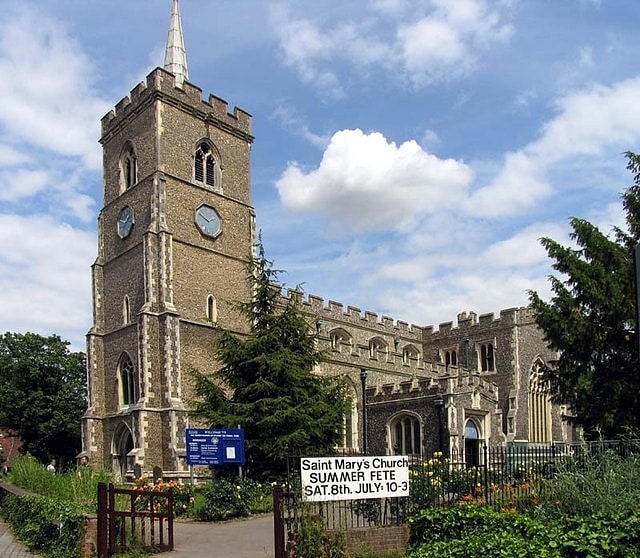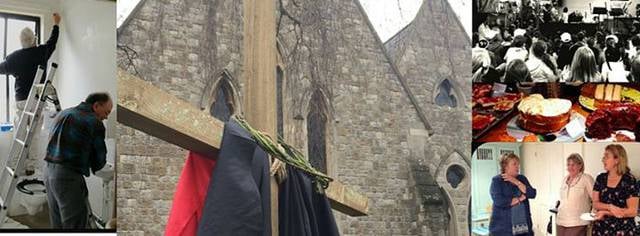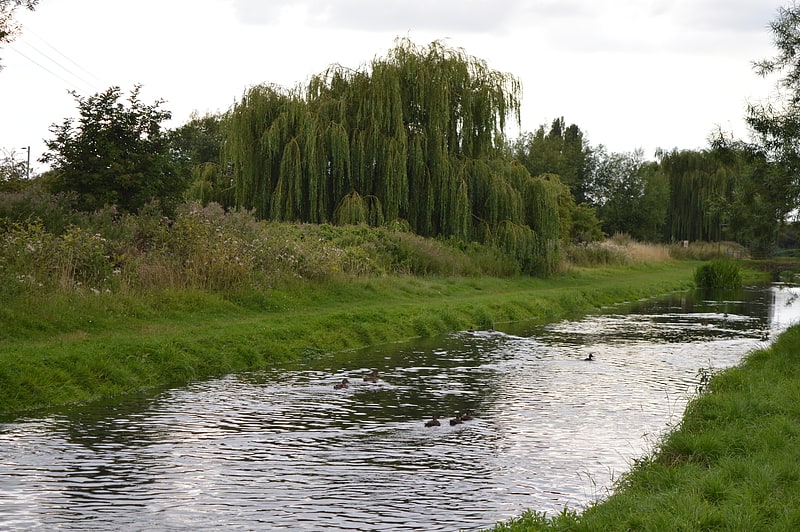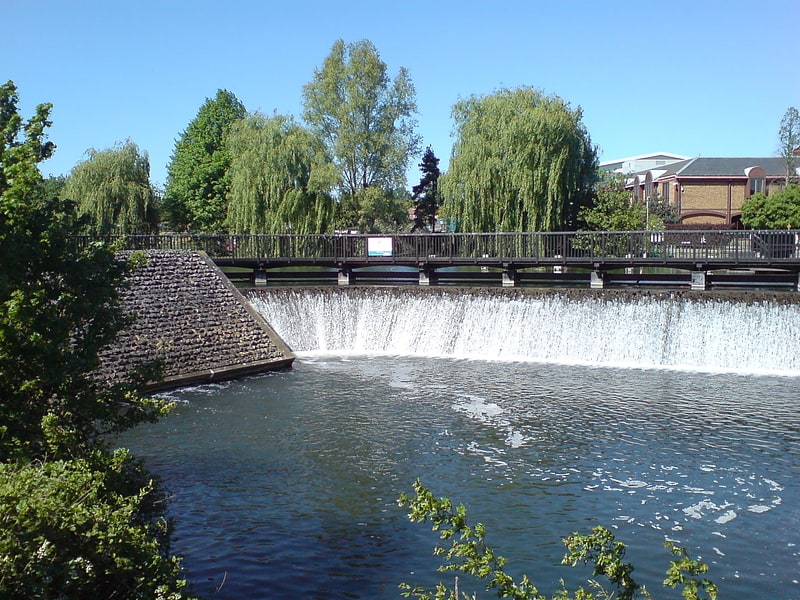Discover 7 hidden attractions, cool sights, and unusual things to do in Ware (United Kingdom). Don't miss out on these must-see attractions: St Mary's Church, Kingsmead Viaduct, and Christ Church Ware. Also, be sure to include Scott's Grotto in your itinerary.
Below, you can find the list of the most amazing places you should visit in Ware (England).
Table of Contents
St Mary's Church

St Mary's Church is a grade I listed parish church in Ware, Hertfordshire, England.[1]
Kingsmead Viaduct

Bridge in Ware, England. The Kingsmead Viaduct (or Kings Meads Viaduct is a raised dual-carriageway viaduct of the A10 road on the eastern outskirts of Ware, Hertfordshire, England. It carries the A10 over the River Lea, the New River and the Hertford East branch line.
The road was originally constructed as a trunk route by the Highways Agency as the second part of a two-phase improvement of the A10 between Ware and Cheshunt. On 29 September 2006 the road was de-trunked, and the viaduct is now the responsibility of Hertfordshire County Council.[2]
Christ Church Ware

Church of christ in Ware, England. Christ Church is a Church of England church in Ware, Hertfordshire, England. The parish was formed out of the ancient parish in 1858 and covers the East and South sides of Ware. The building was consecrated in 1858 and is grade II listed.[3]
Address: New Rd, SG12 7BS Ware
Scott's Grotto

Tourist attraction in Ware, England. Scott's Grotto in Ware, Hertfordshire is a Grade I listed building and with six chambers the most extensive shell grotto in the United Kingdom. "It is, although on a small scale, far more complex than Alexander Pope's at Twickenham. Compared with the grotto at Stourhead, on the other hand, it is minute, but that only enhances the enchantment." The surrounding gardens and structures are Grade II* listed.
The grotto is set into the northeast face of a hill, and comprises an entrance hall and a series of six chambers extending over 65 feet (20 m) into and 30 feet (9.1 m) below the chalk hillside, together with air shafts, light wells and connecting passages. The chambers are decorated with shells, stones such as flint and fossils, and coloured glass. A plan drawn in 1900 calls the six chambers the "Council Chamber" (a circular chamber 12 feet (3.7 m) in diameter to the right of the entrance, with a domed roof light), and smaller chambers to the left of the entrance are named the "Committee Room No 2" (a square chamber with niches) and the "Refreshments Room"; on the centreline, connected by an air shaft, are the "Consulting Room", the "Committee Room", and the "Robing Room".
The grotto was formerly in the garden of Amwell House. Its construction may have taken several years and was completed by John Scott, an 18th-century Quaker poet who inherited Amwell House from his father in 1768. Scott also had other romantic features built in his garden, including an octagonal gazebo on the hillside above. Scott kept a book which lists 3,000 visitors from 1779 to 1787. Samuel Johnson visited in 1773, describing it as a "fairy hall".
The house and garden were inherited by Scott's daughter Marie. The nearby Scotts Road was built after she died in 1863 and the land was acquired by British Land for development. The grotto was opened to visiting tourists in the 19th century, and become a listed building in 1950. Modern houses were built on Scotts Road in the 1960s and 1970s; originally the builders intended to demolish the grotto to build houses, but the local council intervened and the grotto was left in a patch of open ground.
The grotto was acquired by East Hertfordshire District Council in 1974, and was restored in 1990-91 by the Ware Society. The works included a reconstruction of the entrance hall that had been demolished in 1960: a small fragment of the demolished Berlin Wall was inserted in the entrance hall as a time market. The architect for the restoration was James Howley and the project manager David Perman, Hon. Secretary of the Ware Society.
The grotto and gardens are now owned and managed by the Scott's Grotto Trust, Charity Number 1180709.[4]
Address: 28-34 Scotts Road, SG12 9JQ Ware
Ware Lock

Historical landmark in Ware, England. Ware Lock is a lock on the River Lee Navigation at Ware. The lock stands adjacent to Ware Weir and is the only lock on the Navigation to be operated and maintained by the Environment Agency.[5]
King's Meads

Nature preserve in Ware, England. King's Meads is a nature reserve between the towns of Hertford and Ware in Hertfordshire. It is managed by the Herts and Middlesex Wildlife Trust, and with an area of 96 hectares it is the largest of the Trust's reserves. The site has been registered by the Trust as Common land, but the registration for some areas was disallowed due to objections.
The name King's Meads was given to what were previously known as The Meads by Herts and Middlesex Wildlife Trust in 2015, although the original King's Meads - sold by Charles I to Hertford Corporation in 1627 for £100 - form only a small part of the nature reserve. Other parts of The Meads, particularly in Ware, have been in private and communal ownership since the Middle Ages, with names such a Lady's Mead, Widows Mead, Mill Mead, Broad Mead and Chadwell Mead.
The site is water meadows which are subject to flooding in winter. 265 wildflower species have been recorded, including some which are rare in the county such as reflexed salt-marsh grass and lesser sea spurrey. It has large populations of water birds, and is an important site for over-wintering stonechats. 119 bird species have been recorded.
There is access from the Lee Navigation towpath and from Mead Lane. The New River runs through the site, and the A10 road passes over it on the Kingsmead Viaduct.[6]
Ware Weir

Weir in England. Ware Weir is a large weir on the River Lea in Ware, Hertfordshire, England.[7]